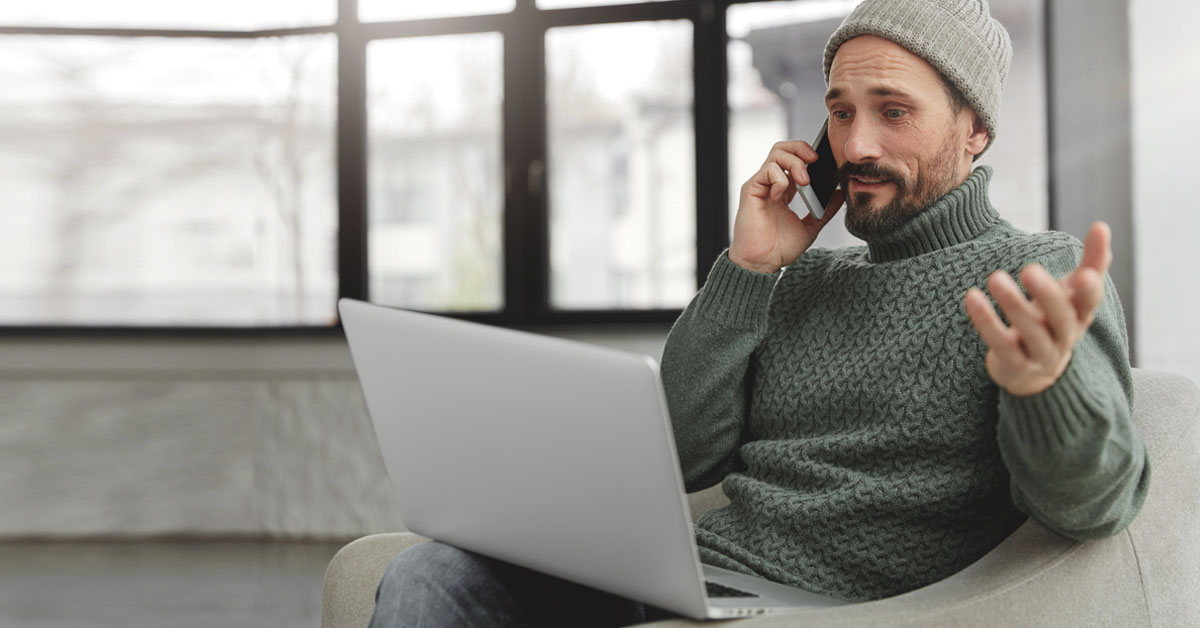Table of Contents
Desktop as a Service (DaaS) and Software as a Service (SaaS) are two cloud-based services that are significantly transforming the workplace in today’s digital age. However, both of these cloud services enable companies of all sizes and shapes to use the majority of the resources they already have. And, these enable them to avoid the requirement for an on-premises desktop and associated IT and infrastructure costs. In this blog post, let’s examine DaaS and SaaS in detail, as well as the elements where they differ from one another.
Overview of SaaS (Software as a service):
First of all, Software as a Service (SaaS) is a precise cloud computing delivery model. Here, software applications are hosted by a third-party vendor so that they are available to customers over the internet. Therefore, SaaS enables users to access and use software applications through a web browser or a mobile app. Note that you do not need to install or maintain the software on their own devices.
In a SaaS model, the software provider is responsible for maintaining and updating the application on a timely basis. Also, they provide technical support and security measures to protect user data. So, this allows users to focus on using the software in order to meet their business needs, rather than worrying about the underlying technology.
So, SaaS offers several benefits in connection with its deployment. They include;
Cost savings: Once you install SaaS, there is no need for users to purchase and maintain expensive software licenses and hardware.
Accessibility: With this, your team can access the software from anywhere with an internet connection, using any internet-connected device.
Scalability: SaaS providers can easily allocate more resources as per their needs. This possibility makes it easier for organizations in order to accommodate changes in user demand.
Up-to-date technology: The respective software provider is responsible for maintaining and updating the software. In addition, they ensure that the users always have access to the latest version.
Team Collaboration: SaaS applications often offer collaboration features, making it easier for teams to work together in real time.
In a simpler version, SaaS provides organizations with a flexible and cost-effective way to access and use software applications. Besides, you do not need to manage the underlying technology.
Overview of DaaS (Desktop as a Service):
Now, Desktop as a Service (DaaS) is a cloud computing model to allow users to access virtual desktops over the internet. Here, the provider hosts the desktops, applications, and data on remote servers. Their servers can be accessed by users from anywhere using a device with an internet connection.
DaaS Offers Many Operational Benefits that are Listed Below
Accessibility: Users can access their virtual desktops from any location. For this, they can use any device that has an internet connection.
Cost Effective: Organizations don’t have to invest in hardware and software to run desktops. Thus, it reduces capital expenses.
Scalability: Providers can quickly allocate more resources as needed. It is easier for today’s businesses to accommodate changes in user demand.
Cyber Security: The service provider is responsible for securing the data and systems. In turn, it reduces the risk of data loss or theft for the organization.
System Maintenance: The responsibility of maintaining and updating the virtual desktop infrastructure belongs to the provider and it reduces the workload for IT teams.
Difference Between SaaS and DaaS:
Even if SaaS (Software as a Service) and DaaS (Desktop as a Service) are both cloud computing models, they differ in their focus and the type of service they provide.
Different Objectives:
SaaS focuses on providing software applications over the internet. On the other hand, DaaS focuses on delivering virtual desktops and related services.
Types of Services:
You can access software applications, such as email, productivity tools, and customer relationship management (CRM) systems with the use of Software as a service. But DaaS, on the other hand, can provide virtual desktops that include an operating system, applications, and data.

Different Modes of Access:
There is a typical difference in terms of accessibility. You can access SaaS applications from anywhere with an internet connection. All you need is a web browser or a mobile app. But at the same time, DaaS provides access to a virtual desktop that can be accessed from any device with an internet connection.
System Maintenance:
Factually, both systems are maintained by the service provider; but with a slight difference. Because the software provider is responsible for maintaining and updating SaaS applications. Coming to DaaS, the provider is responsible for maintaining the virtual desktop infrastructure, including the operating system, applications, and data.
Affordability:
Regarding cost-effectiveness, there is a drastic difference that differentiates both services far apart.
SaaS typically has a lower upfront cost, with users paying a monthly or annual subscription fee. On the other hand, DaaS can have a higher upfront cost. Yet, DaaS eliminates the need for organizations to purchase and maintain expensive hardware and software.
Customizability:
In fact, SaaS applications are typically less customizable than DaaS. Because the software provider controls the underlying technology. But DaaS provides more flexibility for customization, as users have control over the virtual desktop environment.
From this above comparison, readers must understand that SaaS and DaaS are both cloud computing models that offer different types of services and benefits. And, these services depend on the needs of the user. And, SaaS focuses on software applications, while DaaS focuses on virtual desktops and related services.
Summary:
So, Which Is Better for Your Company’s Future: DaaS or SaaS?
Well, it all can only be decided considering the fundamental requirements, size, and complexity of your business. At the same time, you must also consider some of their benefits such as the cutting-edge features, flexibility, and variety that cloud services take into account. If you observe carefully, on-premises hosting models cannot offer these advanced features.
But, regardless of the tools you choose, it’s important to choose the right service for the jobs done by your organization. The more effectively you choose and implement DaaS and SaaS, the better results you can reap out of their deployment.
Lastly, keep in mind that SaaS and DaaS do not conflict with each other. While utilizing SaaS applications, you could benefit from DaaS to simplify your desktop infrastructure and reduce operating costs. In fact, there is a vice versa that DaaS desktop sessions could be used to access SaaS apps.
Vitel Global India is a Cloud-based phone solution that is best in class and includes fully secured, cross-channel communication. It enables your agents to seamlessly shift support interactions from one channel to the next. See how it works to learn how Vitel Global India can help you to choose the right communication. Why not request a free demo today?







